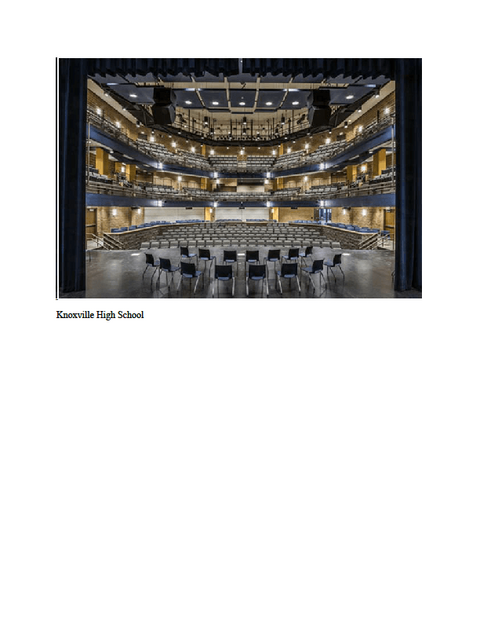BillConnerFASTC
Well-Known Member
Spent today and will continue tomorrow touring theatres with a group if high school teachers. superintendent, and school board member. They're. In midst of planning new pac addition. West Dubuque HS in Epworth, Bettandorf, Davenport, and Augustana College. Tomorrow is Knoxville IL and Geneseo IL. These tours are probably the most enjoyable and memorable activity in 35+ years of consulting. So cool to see smart folks that might not know stage left from right grasp the intricacies of rigging, orchestra pits, theatre chair size, and that illusive quality of theatre - intimacy. Good times. Wish you all could join in.



